Peter Gleick: Is Some California Water Use Unconstitutional?
As of now, Sacramento has some new rules about water use. These rules, at least marginally, begin to address that city’s high level of residential use. The rules put some constraints on the time of day (and day of week, and method) that residents can water their lawns and wash their cars. This little step raises a far more serious and comprehensive question: What water use in California should no longer be considered constitutionally valid?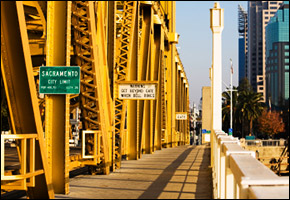
Water Number: 280
According to the Sacramento Bee, this is the number of gallons of water east Sacramento residents use each day for all uses (the comparable state average is 192). This is one of the highest water consumption rates in the nation. And about 65% of that water is used outdoors, mostly for lawns and landscapes.
The source of this water is taken directly from the Sacramento River and from groundwater wells throughout the North Area Groundwater Basin, all of which feed the Sacramento-San Joaquin Delta. During the current water crisis, when reservoirs are low, deliveries increasingly limited, and solutions to the San-Joaquin Delta crisis (and other regional water crises) still out of reach, we need to re-evaluate what are “reasonable” and “beneficial” uses of our strained water resources.
According to the California State Constitution (Article 10, Section 2), the general welfare requires that the water resources of the State be put to “beneficial use,” and that waste or unreasonable use of water be prevented. The California State Water Resources Control Board (SWRCB) has the authority to determine what is and is not considered a “beneficial use.” Maybe it is time to explicitly demand that the SWRCB determine whether and how much water for watering lawns and outdoor landscapes is “beneficial” or “reasonable.” (In many parts of Australia, continued drought conditions have led them to ban landscape watering altogether.) Similarly, if you can grow a crop for 2 acre-feet per acre, but an irrigation district or grower is using 4 acre-feet per acre now, should that additional water be considered a non-beneficial or unreasonable use?
The Board has the authority to put pressure on water rights holders, both urban and agricultural, to cut their water waste and failure to cut waste can endanger the user’s water rights. With a few exceptions, the SWRCB has not fully exercised this right. It is time for especially egregious cases to be tackled, fast, as part of the solution to our dire water situation.
While Sacramento’s new watering rules constitute a (very) small step in the right direction, far more needs to be done on reducing wasteful water use statewide. In Sacramento, these efforts would require far faster installation of water meters for all users. While California is faced with unprecedented water problems, more than half of the Sacramento area’s service connections remain unmetered. As of now, Sacramento won’t have to meter all of their consumer connections until the 2025 deadline set five years ago (AB 2572). This is no longer just archaic, it is irresponsible. And Sacramento is not alone: water use in other cities and end uses, including most groundwater use, is not monitored or metered.
Water use in California will never be as efficient as it can until all water use is metered and monitored and the State authorities responsible for defining and regulating constitutional, reasonable water use do what they should have done long ago–step up and do their jobs.
[The idea for this post, and a significant part of the original draft, came from my Institute colleague Courtney Smith.]
Dr. Gleick’s blog posts are provided in cooperation with the SFGate. Previous posts can be found here.


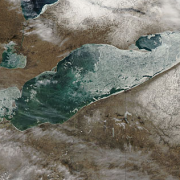
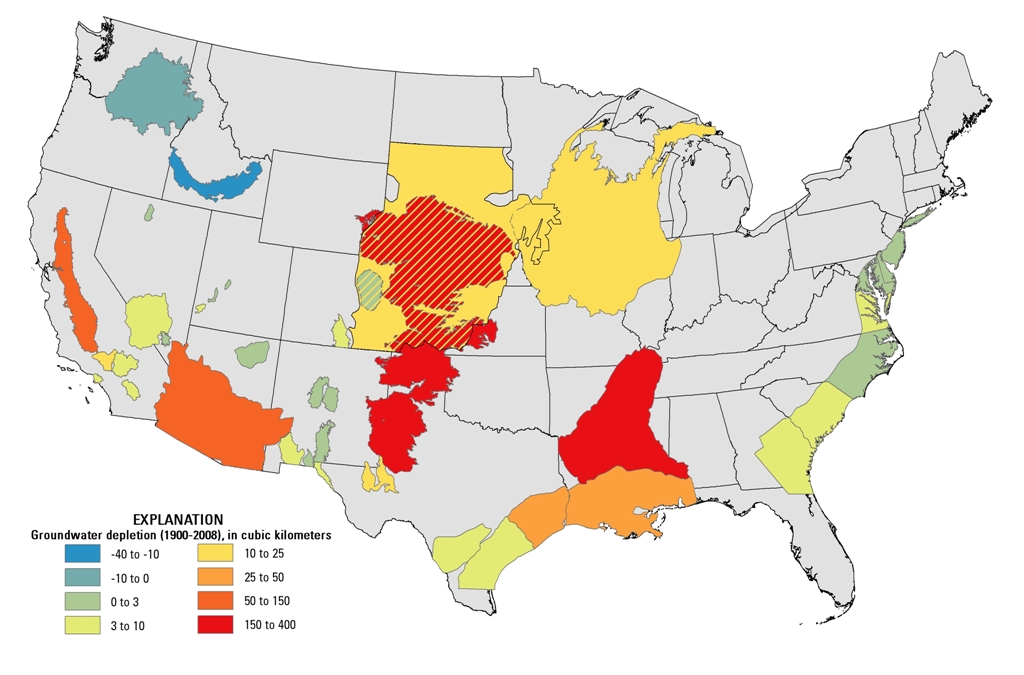

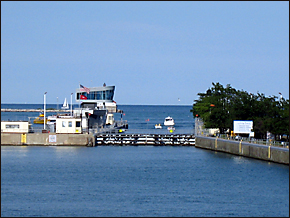
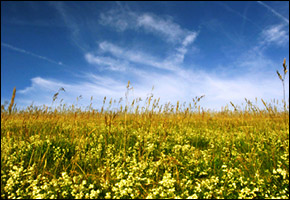
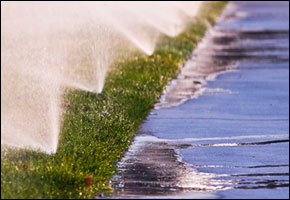


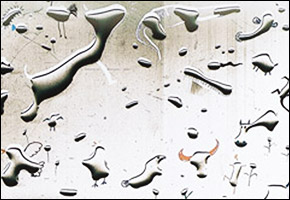

The article is scary to say the least. When I was part of the Windhoek (Namibia capital) the water consumption was brought down to 147 litres per capita per day! That was done by means of a strategic Water Demand Management program implementation.
Methinks the Sacramento people must wake up.
Johannes Buckle
Johannesbrg.